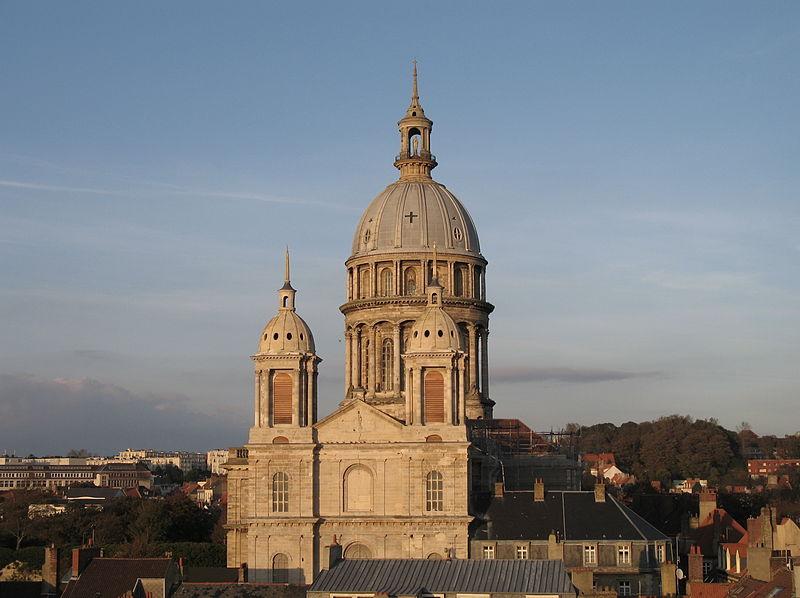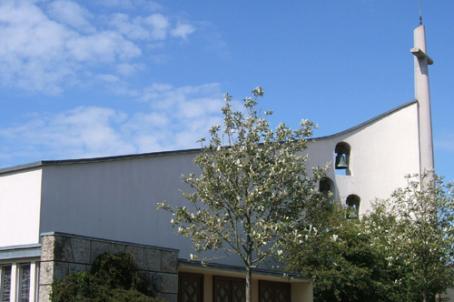Immaculée-Conception Basilica, Boulogne sur Mer

The present basilica, under the name of Notre-Dame, was built in the 19th century on the ruins of a medieval building. The building rests on one of the largest crypts in France (100 metres long and with a surface area of 1,400m²), which was laid out during the construction work on the foundations of the Romanesque crypt.
About this building
The building is original because it is inspired by the religious architecture of the Renaissance and classical times. The peculiarity of the basilica is its plan, which has two distinct juxtaposed parts: a central plan extended to the east by the Chapel of the Virgin and a Latin cross part (a similar example: Saint-Louis-des-Invalides). The western part of the building consists of a nave bordered by double aisles. The transept is protruding. The sanctuary is simply composed of a choir lined with double aisles. It opens through a large arcade onto the dome.





